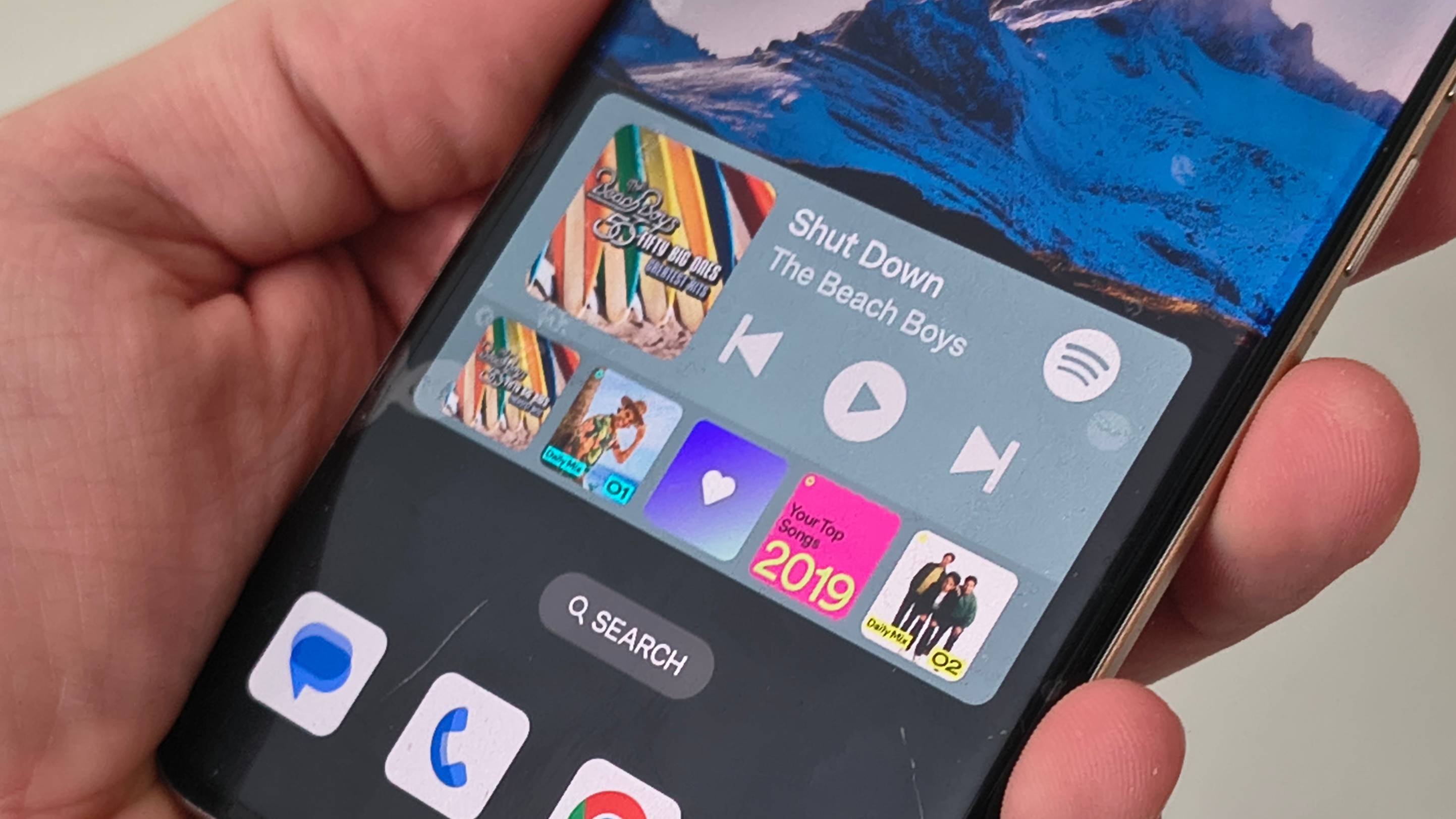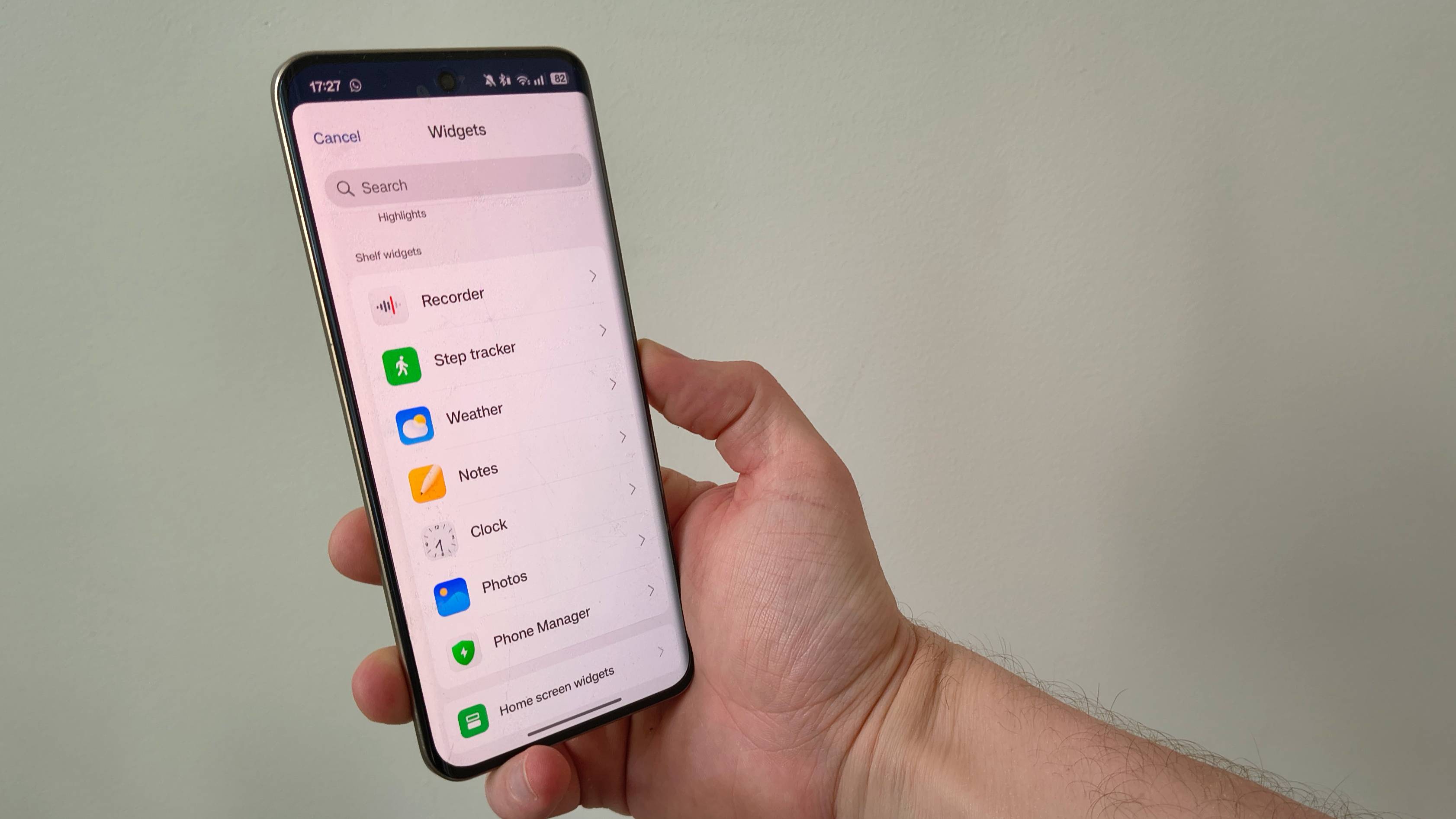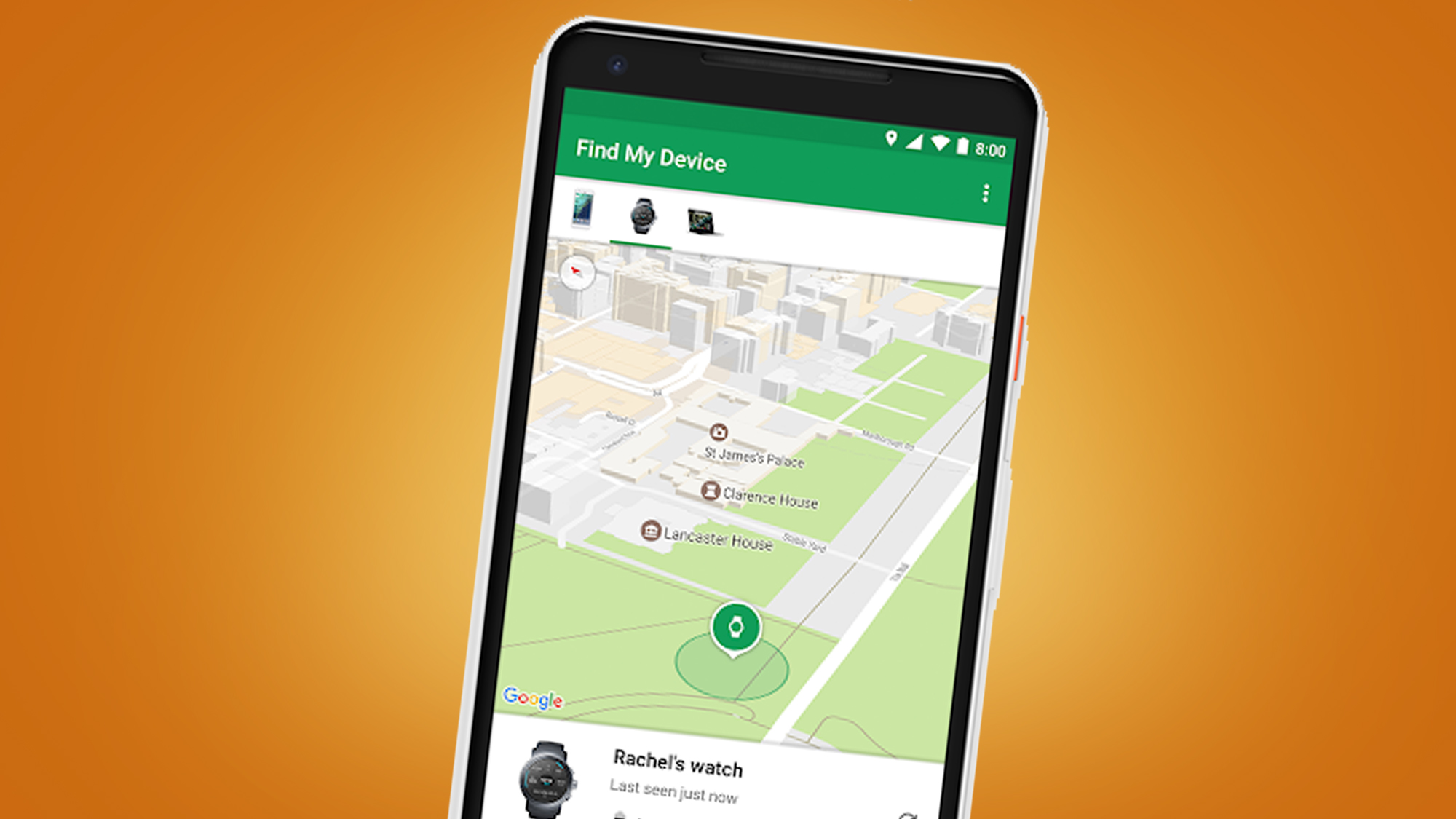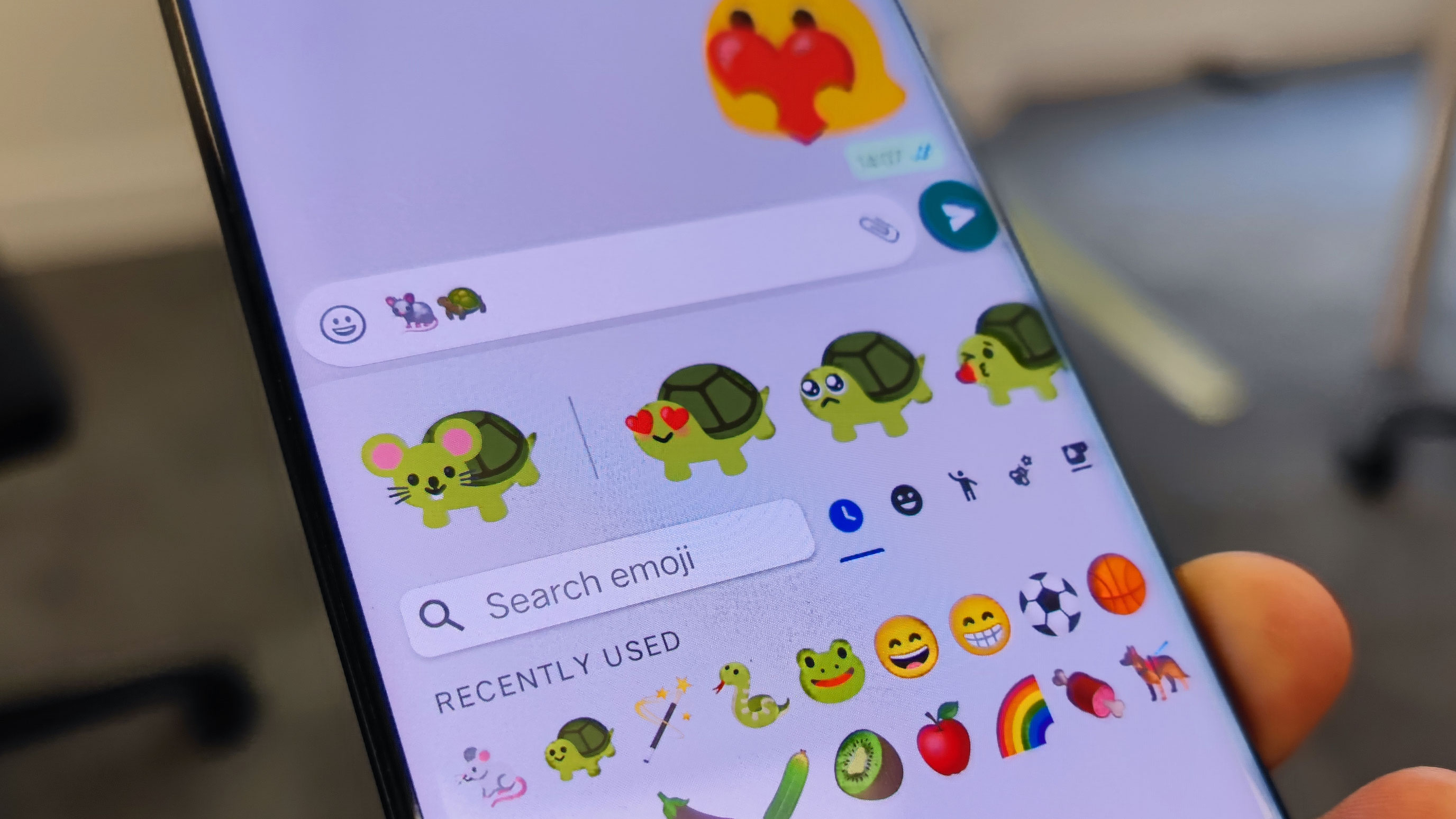These 6 iOS-style features prove that Android isn't stuck in the past

The war between die-hard iOS users and fans of the best Android phones has been raging since smartphones were invented (or even longer, it feels like). Both camps claim that their respective devices boast OS-exclusive features, and while that's true in some cases, they're often mistaken.
The history of Android is a confusing one, with Google repeatedly killing off and then re-adding popular features. So, if you've been out of the ecosystem for a while, it's hard to know what popular features Android actually offers in 2025.
Case in point, lots of iOS users seem to have some misconceptions about what features Android users have access to. If you look online or ask some of my friends, you'd think that Android users were cavemen who only used their phones or tablets as flint to start a fire.
That's not the case in reality, though, and most, if not all, of the major iOS features have some kind of Android equivalent. In multiple cases, the 'Android equivalent' actually predates the iOS version, sometimes by over a decade.
So, let's take a look at six iOS features that I've been assured are evidence of iOS supremacy... and which are all available on Android.
1. Widgets

I'm surprised by how many Apple fans have tried to win me over by telling me how revolutionary widgets have proven to be on their iPhones, clearly not knowing their phone history too well.
When widgets were introduced to Apple devices back with iOS 14, Android fans had already spent years tiring themselves out by saying "that's already on Android" with every new iOS wave. That perhaps explains why they didn't make enough of a song and dance about how this 'killer' widgets feature was once a core selling point of Android phones.
Sign up for breaking news, reviews, opinion, top tech deals, and more.
It was back with Android 1.5 that widgets were introduced, though obviously, back in 2009, they weren't nearly as advanced as they are now. And Android phones have had widgets ever since.
You can very easily get widgets on your Android phone, with the full list of widgets swelling with every new app you download. They're really useful, with very few functional differences between how they're implemented on Android and iOS.
2. Face ID

iOS fans are curiously insistent that Face ID is one of the killer features of iPhones. As you can guess from its inclusion in this list, Android has an equivalent, with one advantage and one drawback.
I should amend my statement straight away: some Android phones have facial recognition unlocking. It depends model-by-model, as this is a feature supported by hardware, not software, on Androids, and a few older models don't have it.
But most new Android phones let you set up and use face unlocking instead of, or as well as, a password or fingerprint scanner.
The drawback is that these Android phones don't have bespoke facial scanning cameras, where iPhones scan your facial structure to unlock your device. Theoretically, this means your doppelganger or someone with a really lifelike mask could unlock your phone on Android, but I've never had any issues with total strangers somehow unlocking my phone.
The advantage over Face ID is that... well, it works reliably. Anyone who's used Face ID knows that it'll deny you access for the smallest thing: maybe you're wearing glasses or have a happier expression than usual, or are wearing your fringe a different way. This drives me up the wall on my iPad, and I've never had an issue on Android.
3. AirDrop

Android devices have an AirDrop equivalent that functions pretty much the same way, but is only known by a fraction of its users.
This is called Quick Share, and you'll see it as an option every time you press the 'Share' button on a file, photo, or video. The problem is, being searchable on Quick Share is turned off by default, so you need to turn it on in the quick settings menu of your Android phone to have files shared with you.
This feature works just the same as AirDrop in that files can easily be dropped between nearby devices. In fact, I prefer it, as you get to choose who can send things to you as soon as you turn on the function, cutting out weird requests from total strangers. On iPhone, you have to change this setting yourself after turning AirDrop on.
One thing to note is that Quick Share was released in 2020, and therefore much older Androids, which don't support updates to newer operating systems, may not have access to the feature.
4. Find Devices

Apple has a popular Find My function, which you can use to track your iPhone, iPad, Apple Watch, and other various products. You've probably seen screenshots of it online when people leave their AirPods in remote or far-flung locales.
This isn't a feature that Apple users have alone, though, because Google has something very similar.
In 2024, Google revitalized its Find My Device app (which did exist before – I've been using it for years when I can't be bothered to look for my phone), bringing with it some useful features.
This app, which has a browser counterpart, lets you track devices associated with your Google account, including phones, tablets, headphones, and tracker tags. You can see on a map where they are, play a sound to help you locate the device, and, if you have a Nest device, even discover your proximity to the lost gadget.
Using the web browser, there's also a way to secure or reset lost devices, which is great if your phone has been stolen and you want to wipe your personal data from it.
5. Contactless payments

To write this article, I did some research on forums like Reddit to see what iOS features swayed people to the operating system over Android. And I was staggered to see that multiple times, people would mention the ability to pay for things straight from your phone.
Suffice to say, Apple Pay has a close and near-identical rival in the form of Android Pay Google Wallet. Okay, I can see how confusion would arise.
For years now, Android phones have given you a way to make payments straight from your device using NFC (Near Field Communication), as long as you've loaded your bank card onto your phone. It's easy and quick to use, and you can load multiple cards into the app.
However, Google does keep changing the name of the payments system, so I can see how people might be confused. It was called Android Pay from 2015 to 2018, then Google Pay, but even that got folded into the separate Google Wallet a few years ago.
So, if you thought the closure of the Google Pay app meant that Android phones couldn't do contactless card payments, don't worry, they still can.
6. Genmoji

I'm putting this option at the end of the list not because it's not a great feature, but purely because it's something I've waxed lyrical about on TechRadar before. Android has its own version of Genmoji (and has had so since before Apple introduced its AI slop) and it's probably my favorite thing about Android.
Meet Emoji Kitchen, which lets you combine two different emojis into a creative new sticker. It's available to use on most messaging apps and also on Chrome
Unlike Genmoji, which utilizes generative AI like Frankenstein to splice two emojis together, Emoji Kitchen's options were all created by humans. They're far more imaginative and fun than any of Genmoji's disconcerting-looking offerings, and I'm constantly surprised by some of the weird options it comes up with (that someone chose to design!).
There's not much more I can say about Emoji Kitchen that I haven't already chattered on about, but if you're interested in how it works, check out my in-depth guide to the feature.
You might also like

Tom Bedford joined TechRadar in early 2019 as a staff writer, and left the team as deputy phones editor in late 2022 to work for entertainment site (and TR sister-site) What To Watch. He continues to contribute on a freelance basis for several sections including phones, audio and fitness.
You must confirm your public display name before commenting
Please logout and then login again, you will then be prompted to enter your display name.